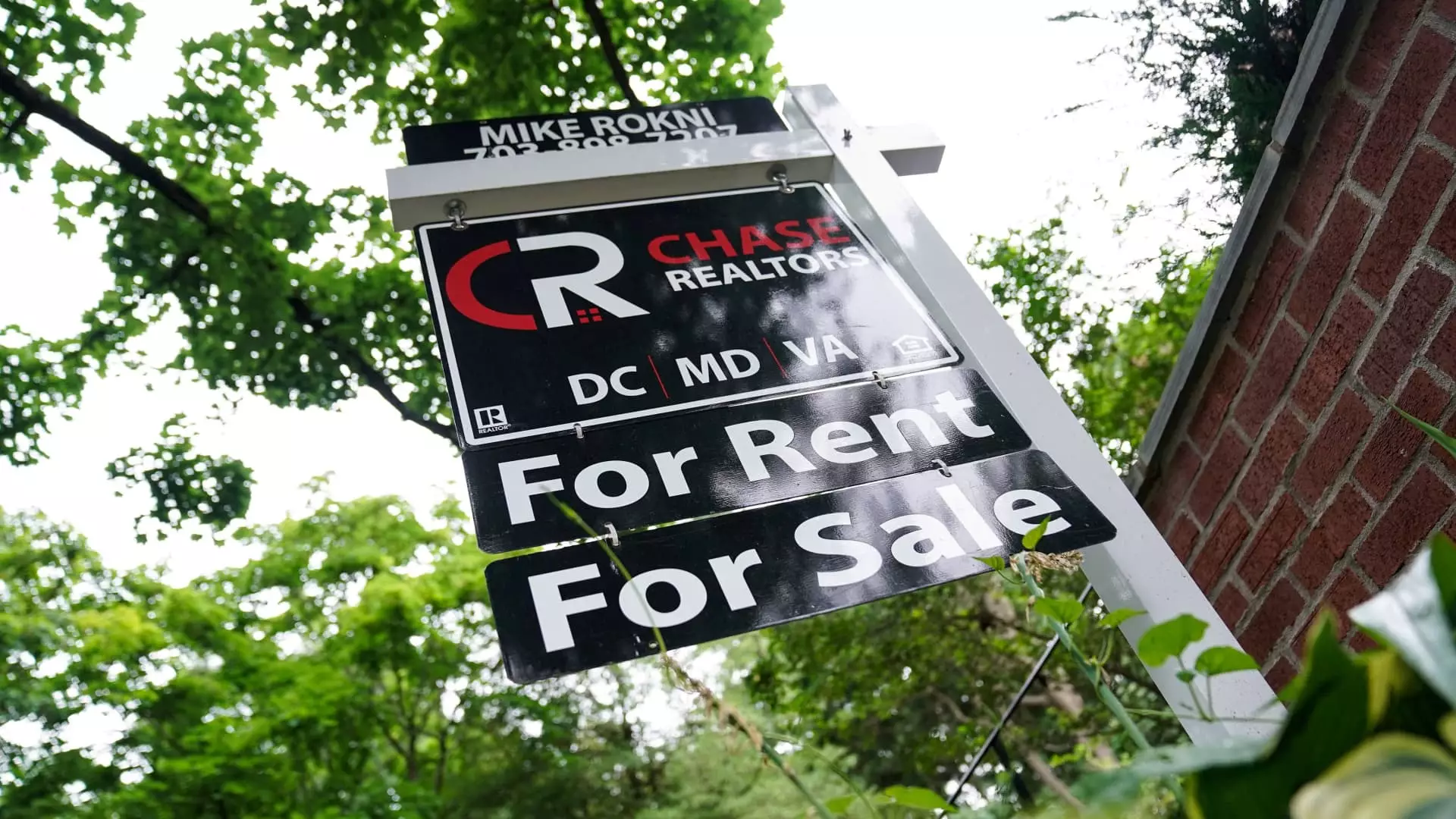As reported by the National Association of Realtors, the U.S. housing market experienced a notable downturn in September, with existing home sales dropping 1% from August. This brought the annualized, seasonally adjusted sales rate to 3.84 million units—the lowest level recorded since October 2010. The data also indicated a 3.5% decline compared to September 2022, which suggests that the market is facing prolonged challenges. While three out of four regions witnessed falls in sales, the West region was the exception, showing slight growth. This variation highlights regional discrepancies within the national real estate landscape and suggests that particular areas may have unique economic dynamics at play.
In July, mortgage rates for a 30-year fixed loan hovered near 7%, a figure that remained a source of concern for homebuyers. However, rates eased to just below 6.5% by the end of August, providing some relief. Despite the decline in interest rates compared to a year ago, when rates were more than a percentage point higher, the overall trend has not significantly transformed the fervor among buyers. Lawrence Yun, the chief economist at the National Association of Realtors, noted that home sales have stagnated around a four-million-unit pace over the past year. This stagnation indicates a market grappling with numerous external factors that are hindering its potential for growth.
The housing inventory saw a modest rise of 1.5% month-over-month, totaling 1.39 million homes available at the end of September. This rise equates to a 4.3-month supply based on current sales rates, and strikingly, it represents a 23% increase year-over-year. Yun views this increase positively, asserting that more inventory gives buyers additional options. That said, the overall inventory of distressed properties remains low, largely due to a minimal mortgage delinquency rate. Distressed properties accounted for merely 2% of all transactions, revealing a market that remains aspirational but cautious.
Despite the availability of more homes, the market continues to face upward pressure on prices. The median price for an existing home soared to $404,500 in September, marking a 3% increase from the previous year and signifying the 15th consecutive month of price gains. The composition of buyers has also evolved—cash purchases constituted 30% of sales in September, a reflection of greater investor influence in a market under pressure. This is in stark contrast to pre-pandemic trends, where cash buyers represented about 20% of the market. Interestingly, the proportion of buyers identifying as first-time homebuyers fell to just 26%, indicating potential barriers facing this group.
September’s housing market statistics paint a complex picture of a sector navigating both growth and challenges. While there are hints of recovery in inventory levels, the persistent low levels of sales, coupled with rising prices, suggest that buyers remain hesitant. It will be crucial for policymakers and industry stakeholders to monitor these trends closely to support a more balanced housing market moving forward.

